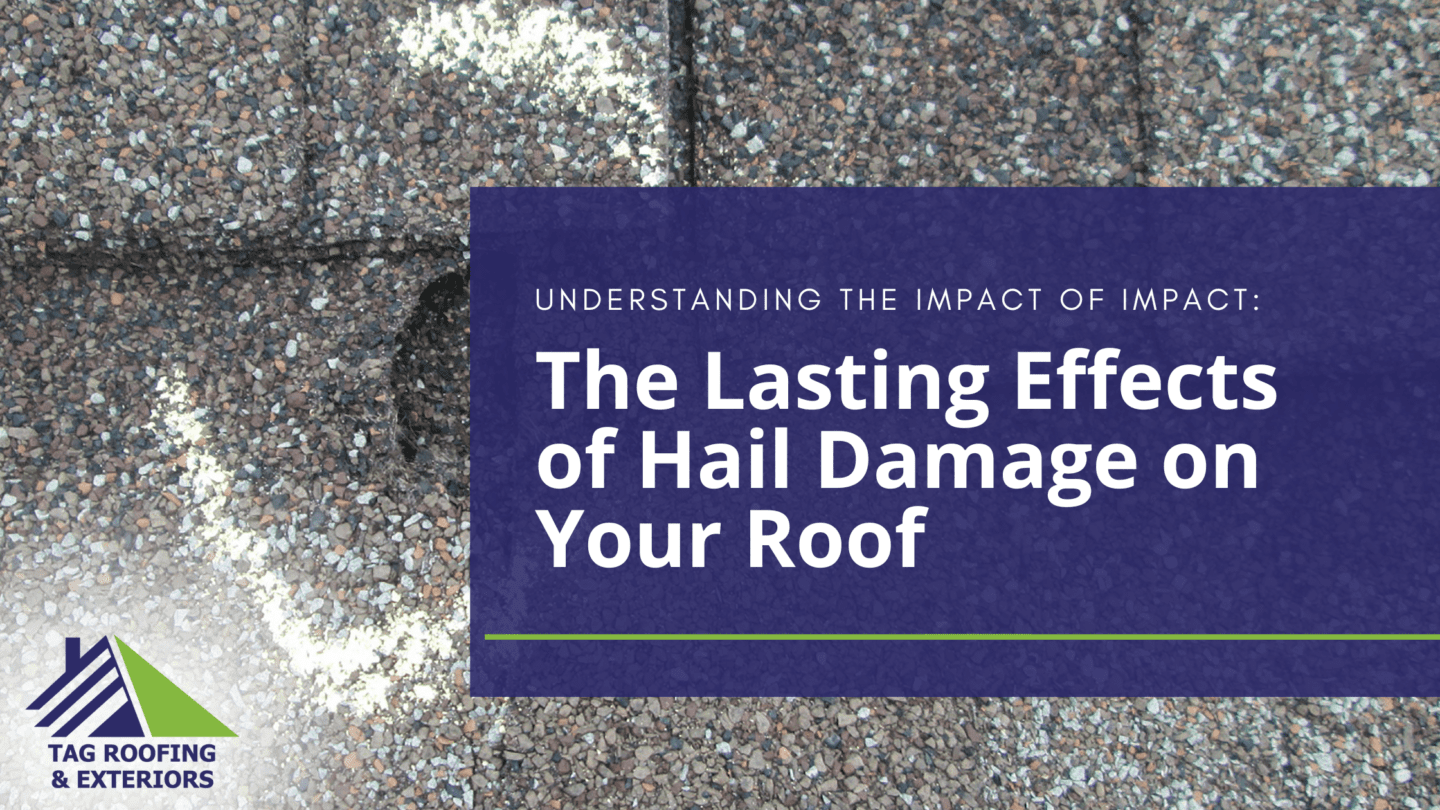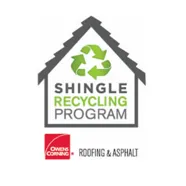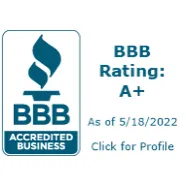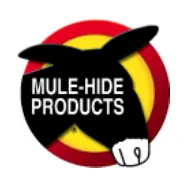Understanding the Impact of Impact: The Lasting Effects of Hail Damage on Your Roof

Hailstorms can be brutal on your home, especially your roof. While it may be easy to shrug off a hailstorm as a minor inconvenience, the damage caused by those icy projectiles can have serious long-term effects. Even if your roof looks fine at first glance, hail damage can weaken your roof’s structure and lead to costly repairs down the line. Understanding the impact of hail damage on your roof is crucial for maintaining the integrity of your home. Here are some of the lasting effects hail damage can have on your roof and why you shouldn’t ignore it.
Shingle Damage: The Hidden Deterioration
One of the most immediate impacts of hail on your roof is damage to the shingles. Hailstones can range in size from dime-sized pellets to as big as softballs, and the larger they are, the more severe the damage. Here’s how hail can affect your shingles:
Granule Loss: Asphalt shingles are coated with protective granules that help shield them from UV rays and deterioration. When hail hits, it knocks off these granules, exposing your shingles to the sun. Over time, this can lead to leak-inducing holes in your shingles. It decreases your roof’s longevity by causing the shingles to age prematurely, becoming less effective at protecting your home.
Cracks and Dents: Larger hailstones can crack or dent your shingles, weakening their structure. Cracked shingles allow water to seep through, leading to leaks and water damage inside your home. Dented shingles may not function as well, allowing more moisture to penetrate over time.
Bruising: Hail can also cause “bruises” on shingles. These soft spots may not be immediately visible, but they compromise the shingle’s strength. A bruised shingle is more likely to fail during the next storm, leaving your roof vulnerable.
Ignoring shingle damage from hail may result in more extensive problems, including leaks, mold, and structural damage.
Water Infiltration: A Slow and Costly Problem
Even if your roof doesn’t have obvious holes or cracks, hail damage can still create pathways for water to get inside your home. Once hail weakens your shingles or other roofing materials, water can slowly seep through the damaged areas, leading to water infiltration over time. Here are some of the issues water infiltration can cause:
Ceiling Damage: Small leaks may not be noticeable immediately, but over time, they can cause significant damage by staining your ceilings and walls. Water damage can lead to mold growth, which poses a health risk and can be expensive to remediate. In severe cases, some of the structure and the insulation above could fall into your home, causing further damage.
Wood Rot: If water seeps into the wooden structure of your roof, it can cause the wood to rot. Rotted wood weakens the roof’s structure and can lead to costly repairs or even a total roof replacement. This is especially concerning in areas where the damage goes unnoticed for months or years. If a leak goes on for years without being fixed, it could even rot the wood framing of your home.
Compromised Insulation: Water infiltration can also damage your attic’s insulation, making your home less energy-efficient. Wet insulation doesn’t perform well, and you may notice higher energy bills as a result. It is also a great place for mold to grow. Mold could pose a health risk to the people in your home if it goes unnoticed. Replacing insulation due to water damage adds to the overall cost of roof repairs.
Water infiltration can cause extensive and expensive damage, so it’s essential to have your roof inspected after a hailstorm to catch any potential issues early.
Structural Damage: The Long-Term Impact
In severe hailstorms, the damage to your roof can go beyond just the shingles. If hailstones are large enough or the storm is intense, they can cause structural damage to your roof’s decking, flashing, or gutters. Here’s what to look out for:
Decking Damage: The decking is the foundation of your roof, and if it’s damaged, the entire roofing system is at risk. Large hailstones can crack or even go right through your decking, weakening its ability to support the shingles and other roofing materials.
Flashing Damage: Flashing is the metal material that seals roof joints and prevents water from seeping in. Hail can damage flashing by causing cracks or dents, leading to water leaks in vulnerable areas like chimneys, skylights, or valleys.
Gutter Damage: Hail can also dent or clog gutters, preventing them from properly channeling water away from your home. Clogged or damaged gutters can lead to water to back up under your shingles or around your foundation, increasing the risk of leaks and structural damage.
Structural damage from hail is serious and requires prompt attention. Left unaddressed, it can lead to bigger problems, including roof collapse or extensive water damage.
Insurance Claims: Don’t Delay
After a hailstorm, one of the most important steps you can take is to contact your insurance company. Most homeowner’s insurance policies cover hail damage, but it’s crucial to act quickly. Many policies have a limited window for filing claims after the damage occurs. Waiting too long to address hail damage could result in a denied claim and leave you responsible for the full cost of repairs.
Additionally, hail damage can be difficult to spot without a professional inspection. A roofing contractor can assess the extent of the damage and provide a detailed report that you can use when filing your insurance claim. It’s better to file a claim sooner rather than later to avoid potential issues down the road.
Don’t Delay on Hail Repairs
Hail damage can have lasting effects on your roof, even if the damage isn’t immediately apparent. From shingle deterioration to water infiltration and structural damage, hail can compromise the integrity of your roofing system over time. Don’t ignore the signs of hail damage—get a professional inspection and take action to repair or replace your roof if necessary. Addressing hail damage early can save you from costly repairs and ensure your roof continues to protect your home for years to come. Let the experts at TAG Roofing and Exteriors get you started with a free inspection today.










